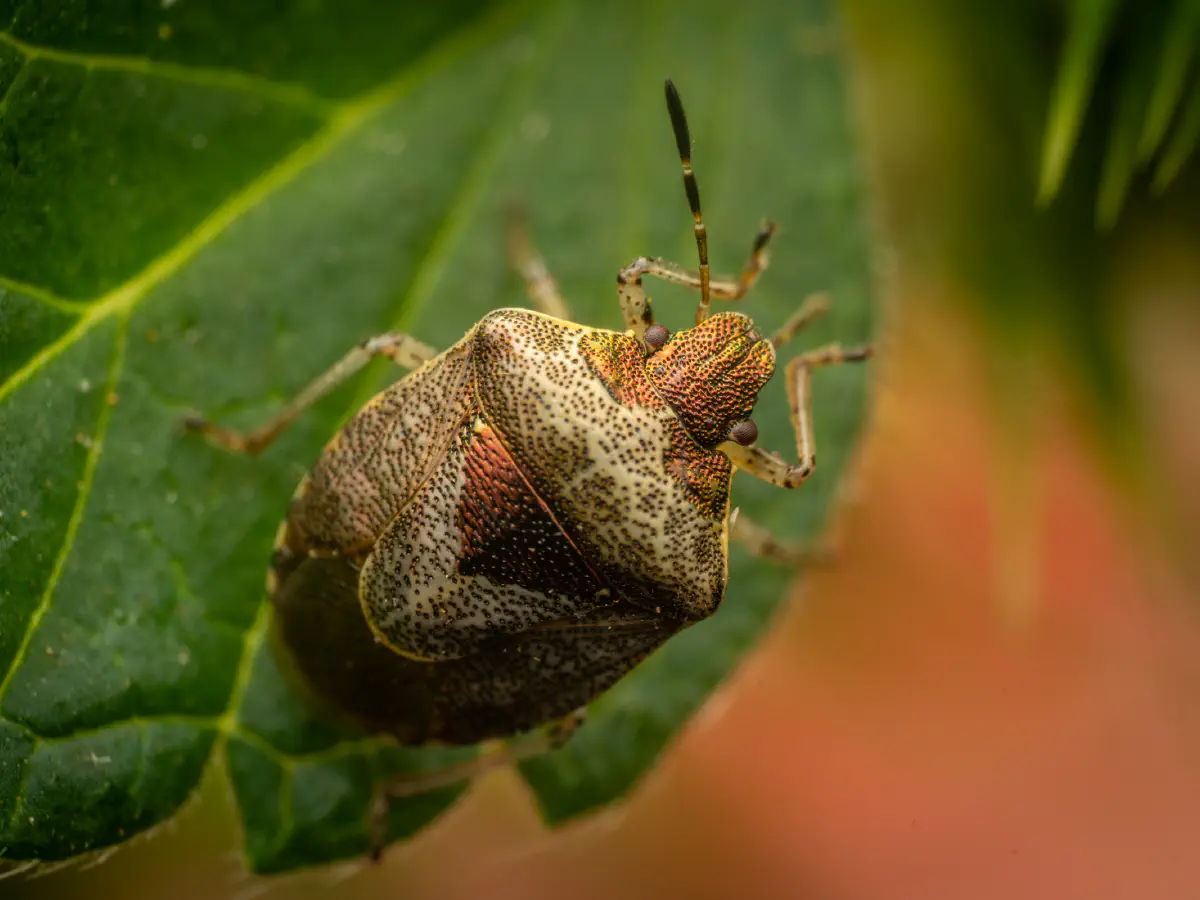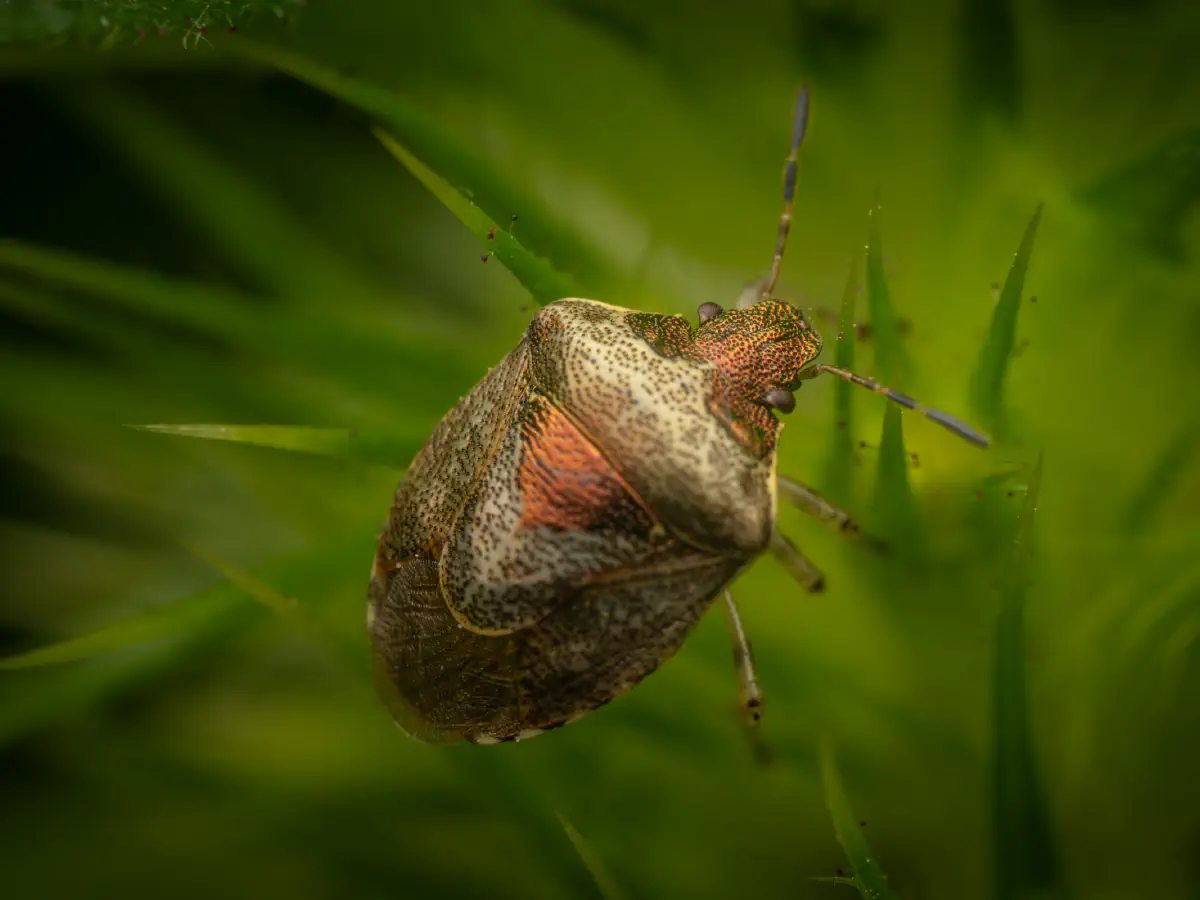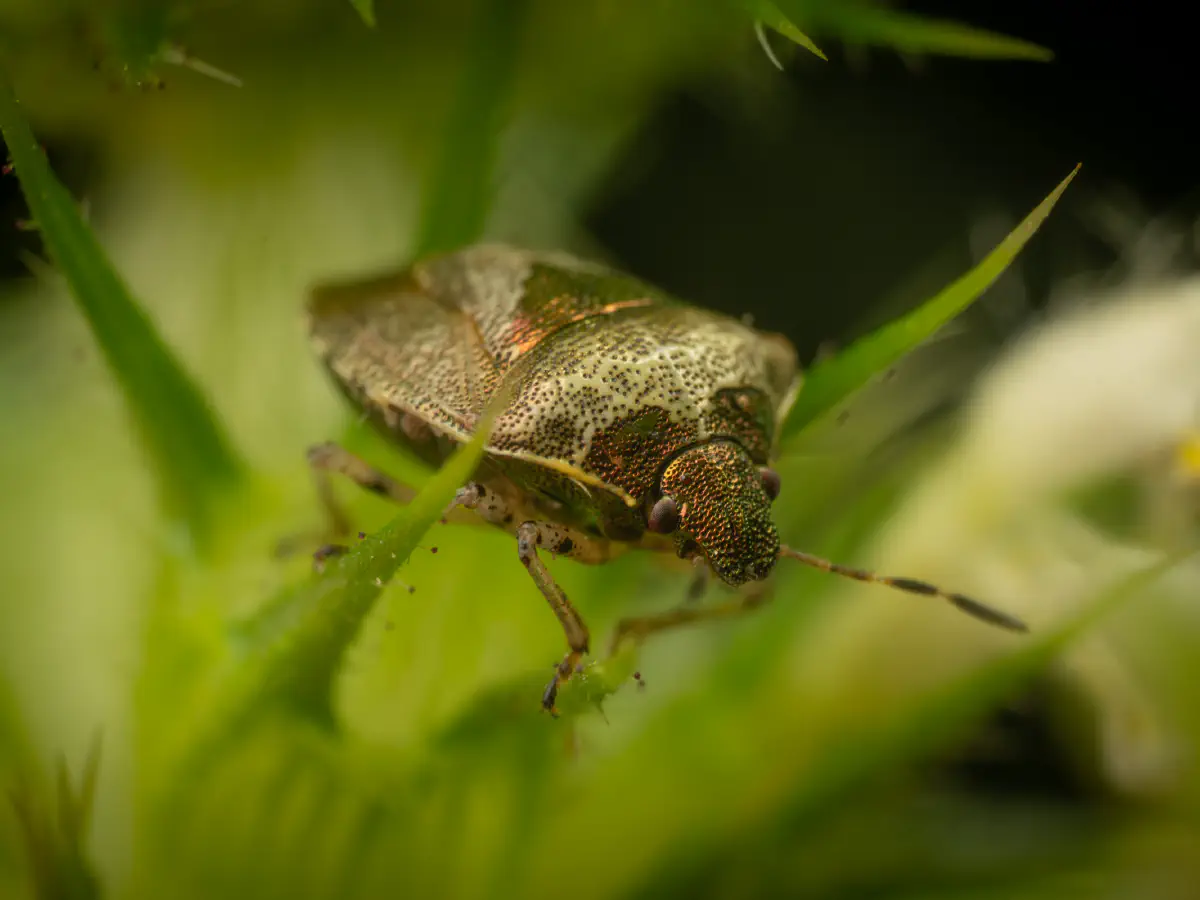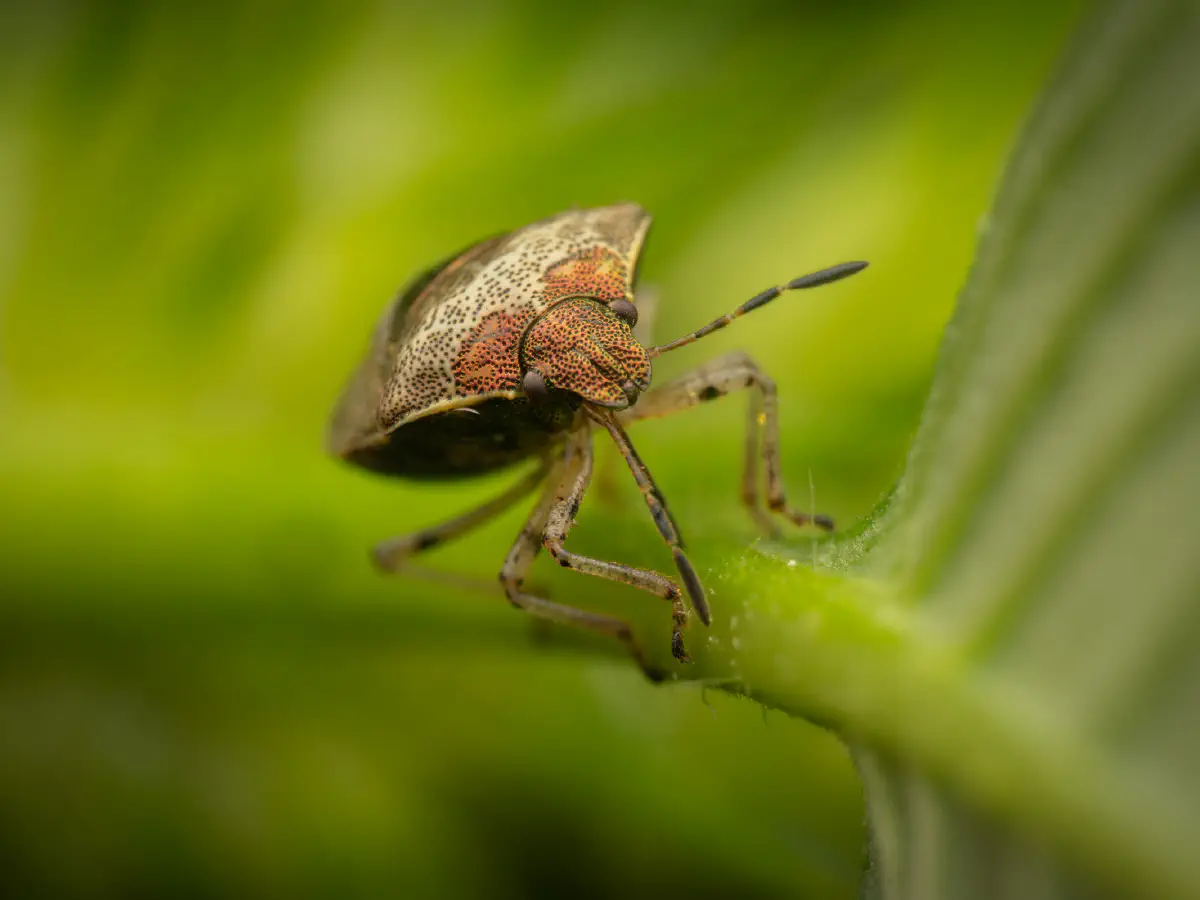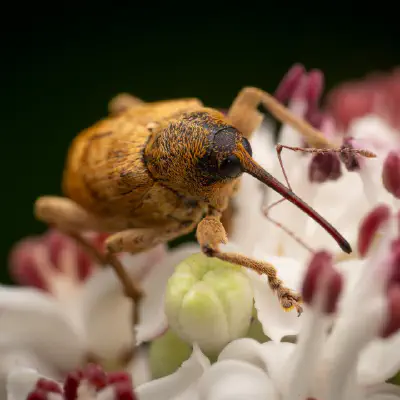The species was first named by Fabricius as Cimex melanocephalus. However this name had already been used by Linnaeus for the mirid bug now known as Phylus melanocephalus - at the time, the genus Cimex encompassed the entirety of the Heteroptera. The replacement name Eysarcoris fabricii given by Kirkaldy in 1904 was used for many years, but Rider (1998) pointed out the seniority of the name venustissimus, given by Schrank in 1776 (Schönste Wanze, most beautiful
bug). This species has been recently transferred to the genus Stagonomus, so the correct name is Stagonomus venustissimus (Schrank, 1776).
